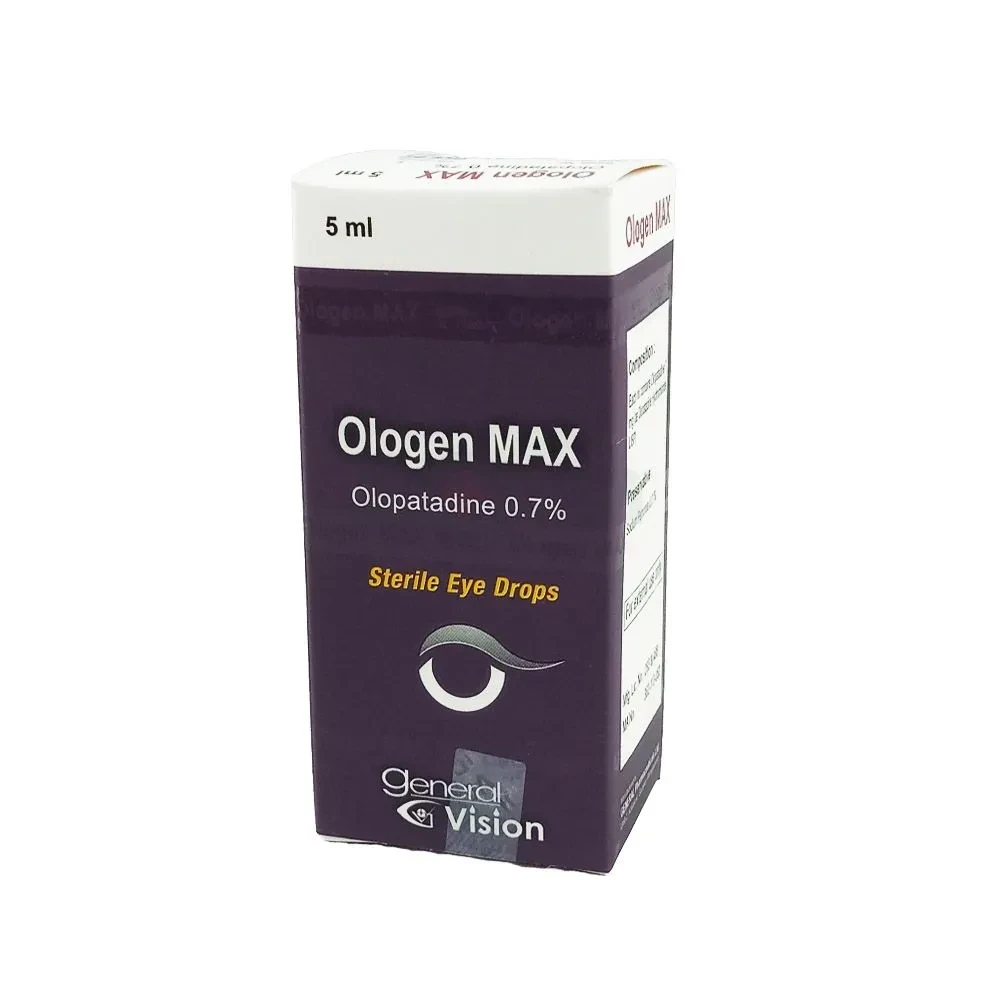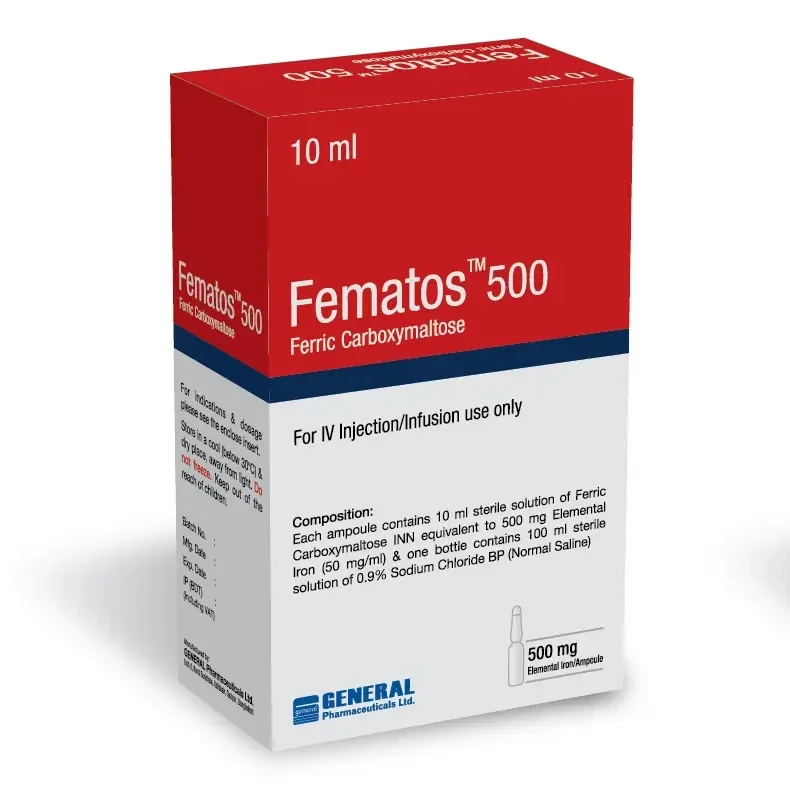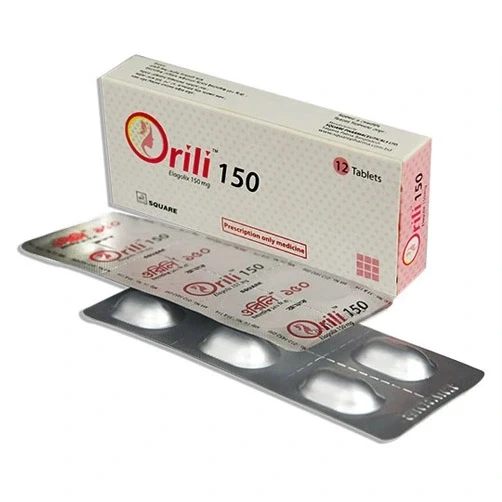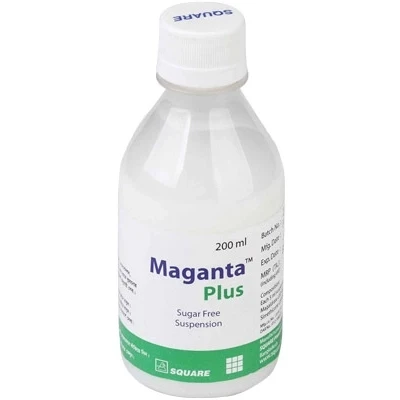

A-Fenac Suppository, Diclofenac Sodium 50 mg
Inhouse product
-
৳11.40
৳12.00 -
৳42.75
৳45.00 -
৳16.63
৳17.50 -
৳2.14
৳2.25
Reviews & Ratings
Indications
A-Fenac is indicated
in-
Rheumatology: Inflammatory and
degenerative forms of rheumatism, chronic involutive, polyarthritis, ankylosing
spondylarthritis, osteoarthritis, spondylarthroses, acute gout, peri-articular
rheumatic disorders.
Surgery and
Traumatology: Sprain, bruises,
dislocations, fractures, softtissue injuries, surgical interventions.
Obstetrics and
Gynecology: Primary
dysmenorrhoea, episiotomy, adnexitis, endometritis, parametritis, salpingitis,
and mastitis.
Otorhinolaryngology: As pre-operative medication for the
prevention of pain, inflammation, and swelling.
Dentistry: Post-operative and post-traumatic pain,
inflammation, and swelling.
Other indications: For the prevention of pain and treatment of
inflammation and swelling of patients operated in the urogenital tract, renal
and biliary colic.
* রেজিস্টার্ড চিকিৎসকের পরামর্শ মোতাবেক ঔষধ সেবন করুন'
Pharmacology
Dilofenac Sodium is a
potent non-steroidal anti-inflammatory drug (NSAID) with pronounced
anti-rheumatic, anti-inflammatory, analgesic and antipyretic properties. It has
also some uricosuric effect. Diclofenac exerts its effect by inhibiting
prostaglandin biosynthesis which plays a major role in causing inflammation,
pain and fever. Diclofenac is rapidly and completely absorbed from the
gastro-intestinal tract when taken with or after meal. Peak plasma
concentrations are reached within an average of 2 hours after ingestion of it.
At therapeutic concentrations, it is 99.7% bound to plasma proteins. Diclofenac
is metabolized in the liver and undergoes first pass metabolism.
Dosage &
Administration
Diclofenac
FC Tablet: Adults: 75-150 mg
daily in 2 to 3 divided doses, preferably after food. Dose should be reduced in
long term use.
Diclofenac SR Tablet:
- Adult: 1 tablet daily, taken whole with liquid, preferably
at meal times. If necessary, the daily dose can be increased to 150 mg by
supplementation with conventional tablets.
- Children: 1-3 mg of diclofenac/kg body wt. daily in divided
doses.
- Elderly patients: In elderly or debilitated patients, the lowest
effective dosage is recommended, although the pharmacokinetics of
diclofenac sodium is not impaired to any clinically relevant extent in
elderly patients.
Diclofenac
Dispersible Tablet:
- Adults: The recommended daily dosage is 2-3 tablets and the
maximum daily dose is 150 mg. In milder cases, 2 tablets of Diclofenac DT
per day are sufficient. Diclofenac DT should preferably be taken before
meals.
- Children: Diclofenac is not recommended in children for other
indications except juvenile rheumatoid arthritis where the recommended
dose is 1-3 mg/kg body weight. Diclofenac DT is to be dropped into a
half-glass of water and the liquid is to be stirred to aid dispersion
before swallowing. There is no information on the use of Diclofenac DT for
more than 03 months.
Diclofenac TR Capsule: One capsule daily. Diclofenac TR should be
taken preferably after mealtimes.
Diclofenac Suppository: For adults: 50 mg suppository 2-3 times
daily. Maximum daily dose is 150 mg.
Diclofenac injection: For adults the usual dose is 1 ampoule
daily. In serious cases this dose may be increased up to 2 ampoules daily.
Diclofenac Gel: For external use only. Depending on the size
of area to be treated, 2-4 g of Diclofenac gel should be applied to the skin
3-4 times daily. To the affected area gel should be rubbed in lightly. This gel
may also be given in addition to further treatment with other dosage forms of
Diclofenac.
* রেজিস্টার্ড চিকিৎসকের পরামর্শ মোতাবেক ঔষধ সেবন করুন'
Interaction
A-Fenac may have the
following drug interactions:
Lithium and digoxin: A-Fenac may increase plasma concentrations
of lithium and digoxin.
Anticoagulants: There are isolated reports of an increased
risk of haemorrhage with the combined use of diclofenac and anticoagulant
therapy, although clinical investigations do not appear to indicate any
influence on anticoagulant effect.
Antidiabetic agents: Clinical studies have shown that diclofenac
can be given together with oral antidiabetic agents without influencing their
clinical effect.
Cyclosporin: Cases of nephrotoxicity have been reported
in patients receiving cyclosporin and diclofenac concomitantly.
Methotrexate: Cases of serious toxicity have been reported
when methotrexate and NSAIDs are given within 24 hours of each other.
Quinolone
antimicrobials: Convulsions may
occur due to an interaction between quinolones and NSAIDs.
Therefore, caution should be exercised when considering concomitant therapy of
NSAID and quinolones.
Other NSAIDs and
steroids: Co-administration of
diclofenac with other systemic NSAIDs and steroids may increase the frequency
of unwanted effects. With aspirin, the plasma levels of each is lowered,
although no clinical significance is known.
Contraindications
Contraindicated to the
patients hypersensitive to any ingredient of the products. Peptic ulcer,
hypersensitivity to Diclofenac like other non-steroid anti-inflammatory agents,
Diclofenac is also contra-indicated in asthmatic patient in whom attack with asthma,
urticaria or acute rhinitis are precipitated by acetylsalicylic acid or by
other drugs with prostaglandin synthetase inhibitor. This Gel should not be
used under occlusive airtight dressings.
Side Effects
A-Fenac is generally
well tolerated. Adverse effects are mild, rare and transient. At the starting
of the treatment, however, patients may be sometimes complaining of epigastric
pain, eructation, nausea and diarrhea or dizziness or headache. These effects
are usually mild in nature. Peripheral edema and skin reactions, such as rash
and eczema have also been encountered. A-Fenac Gel may cause local irritation
and reddening of the skin and skin rash.
Pregnancy &
Lactation
During pregnancy,
Diclofenac should be employed only for compelling reasons. The lowest effective
dose should be used. These types of drugs are not recommended during the first
trimester of pregnancy. In view of insufficient clinical data, Diclofenac
Sodium Gel is not recommended during pregnancy. A very insignificant quantity
of Diclofenac may be detected in breast milk but no undesirable effects on the
infant to be expected.
Precautions &
Warnings
In rare instances
where peptic ulceration or gastrointestinal bleeding occurs in patients under
treatment with A-Fenac. In patients with advanced age should be kept under
close observation. A-Fenac Gel should not be allowed to come in contact with
the eyes or mucus membranes, after application the hands should be washed
properly and not to be taken by mouth.
Therapeutic Class
Drugs for Osteoarthritis,
Drugs used for Rheumatoid Arthritis, Non-steroidal Anti-inflammatory Drugs
(NSAIDs)
Storage Conditions
Store in a cool and
dry place, protected from light. Store below 30°C. Keep out of the reach of
children.
Frequently Bought Products
Asmarid Syrup 200 ml bottle, Mahadrakkharist [Grape extract]
Orili Tablet, Elagolix Sodium 150 mg
Calchek Tablet, Amlodipine Besilate 5 mg
Product Queries (0)
Login Or Registerto submit your questions to seller
Other Questions
No none asked to seller yet
-
৳11.40
৳12.00 -
৳42.75
৳45.00 -
৳16.63
৳17.50 -
৳2.14
৳2.25








![Asmarid Syrup 200 ml bottle, Mahadrakkharist [Grape extract]](https://www.skpharma.com.bd/public/uploads/all/PysEdWG5pNNzZYrqdo1VOoOkTMNyjBCfow1UqZEx.webp)








